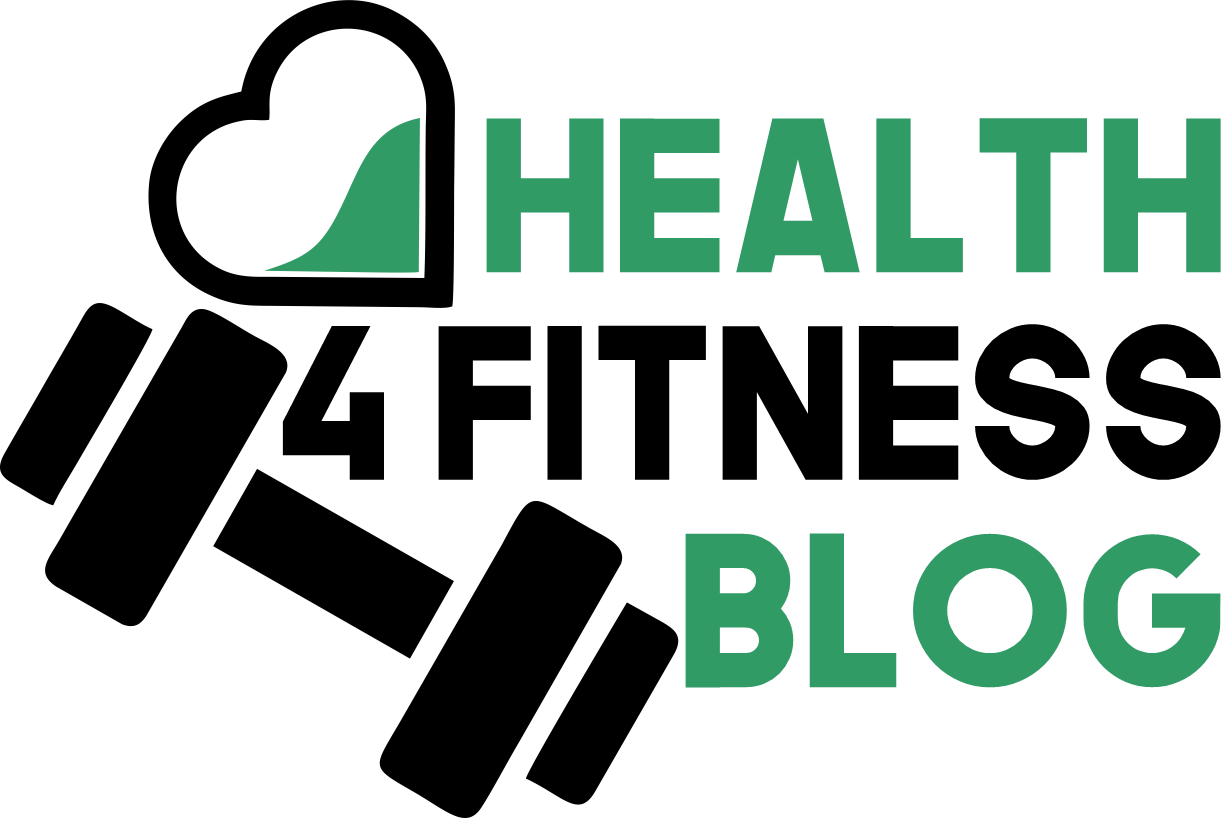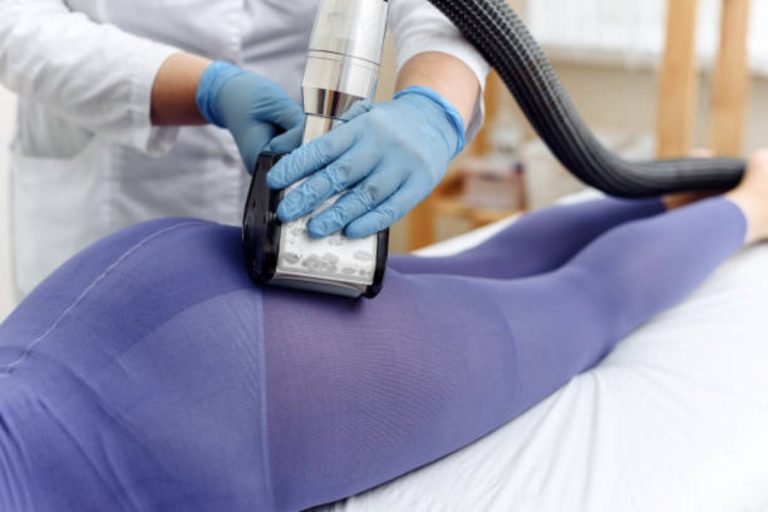A Brazilian butt lift is a cosmetic procedure that optimizes the contour of the buttocks as well as its size. When done correctly, you will notice a plump, more appealing shape. Sadly, diet and exercise are often ineffective in changing the shape of your buttocks. Thankfully, a Brazilian butt lift will enhance its appearance by making it more curvaceous.
When executed by a competent surgeon, you can improve your results while minimizing risk. Typically, board-certified plastic surgeons with years of experience have assisted many patients with personalized procedures.
Table of Contents
So What Are The Main Types of Buttock Augmentation?
Current advancements in technology have enabled the development of more effective instruments and surgical alternatives for restoring buttock volume and producing plump, shapely buttocks. Buttock augmentation procedures are classified into two types:
-Silicone implants augmentation
-Fat transfer augmentation
Your cosmetic surgeon will choose the right technique to meet your cosmetic expectations after assessing your present physical health as well as goals.
Sculpting Your Buttocks
A curvy derriere can cause your waist as well as thighs to appear smaller. This brings the body into better proportions. Brazilian Butt lift may be the answer for those attempting to have a perfect buttock shape. The shape of your buttock is one of the most significant aspects in buttock augmentation. Everyone’s buttock shape is unique. Buttock shapes are categorized as follows:
-Square-shaped
-Round-shaped
-Heart-shaped
-V-shaped
Am I Qualified for a Brazilian Butt Lift?
If you are unhappy with the appearance of your buttocks, a butt lift procedure may be right for you. Numerous patients have innately smaller buttocks and want surgery to enhance their shape. Our skin’s elasticity drops as we age, as does the dispersion of fat and muscle. This alteration can cause the glutes to look plain or saggy. Crash dieting, working out, and loss of weight can all have an effect on the look of your buttocks. These actions may result in a significant increase in the skin. A Brazilian butt lift is an answer to all of these problems! Skin tightening for instance, during the procedure will help remove any droopiness.
A person in excellent health with realistic surgical anticipations is a suitable candidate for a Brazilian butt lift. Buttock augmentation is particularly fit for those who meet the following criteria:
-Wish to enhance their saggy buttocks
-Desire a derriere that is slimmer but athletic
-Desire to raise their buttocks
-Want to improve the contour of their buttocks
-Wish to improve the balance or proportion of their figure
-Want their buttock to look more curvy
How Can a Brazilian Butt Lift Benefit Me?
Your cosmetic surgeon will discuss implant shapes and sizes with you based on the specific appearance you want. He or she will assist you in locating the best buttock implants for your needs and desires. Buttock implant surgery has several advantages, including:
-The implant’s intense positioning and structure eliminate the possibility of the implant bursting.
-Since implants are encased by muscle, they have a natural appearance and feel, causing the implant to be unnoticeable.
-The results last a very long time.
-Muscles of the buttock help hold them in position.
-Any incisions made are unnoticeable.
-There are more choices for silicone implants.
What Should I Expect During Recovery?
Your cosmetic surgeon will provide you with a detailed set of instructions for your specific recovery. You should get plenty of rest during the first week or two. The greater your results will be, if you get enough rest. Your total recovery time will be based on the procedure. Medication can be used to alleviate any swelling and discomfort. Please contact your cosmetic surgeon if you have any questions or concerns at any time.
For the first two months, do not participate in fat-burning workouts. Instead, lie down on your back and don’t wear clothing that fits too tight. This will help keep direct pressure off the buttocks. When sitting, place a pillow beneath your thighs to relieve pressure. Also, during recovery, you can anticipate a slight decline in your buttock’s volume as the infused fat settles. However, your results will last a long time after the residual fat completely settles.








